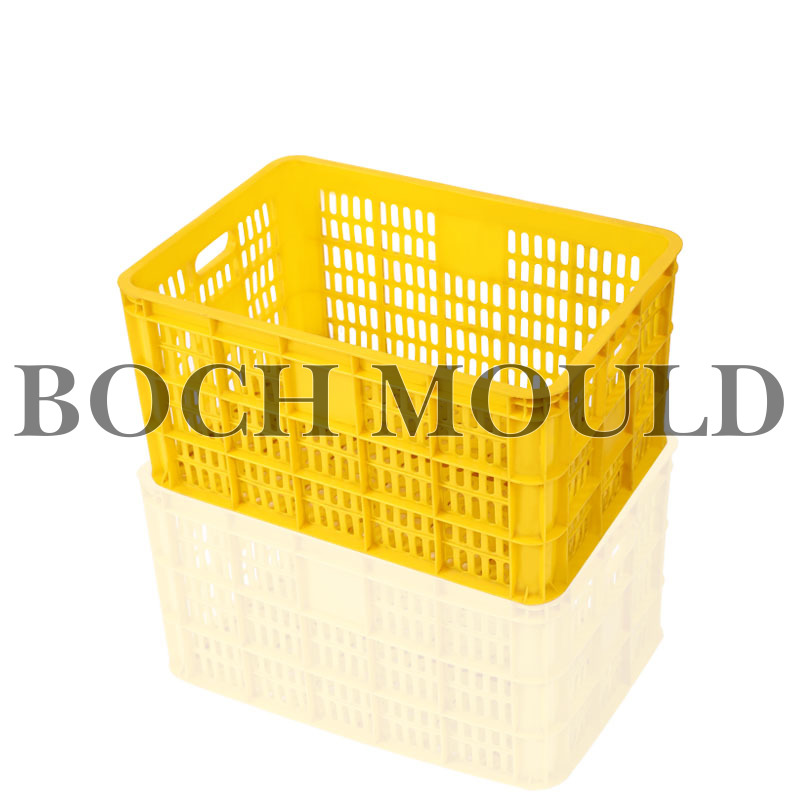The design landscape of Professional Plastic Waste Bin Moulds is undergoing a transformative phase, where the delicate balance between utility and aesthetics is being carefully considered. In this article, we explore the evolving trends in the design of plastic waste bin moulds, examining whether the industry is leaning more towards enhancing functionality or focusing on aesthetic appeal.
The Primacy of Utility in Plastic Waste Bin Moulds:
At the core of any waste bin's design is its utility. Professional Plastic Waste Bin Moulds, primarily designed for waste collection and management, must prioritize functionality. Utilitarian aspects include capacity, durability, and ease of use. Manufacturers are investing in innovative designs that ensure efficient waste disposal and collection processes. The incorporation of features such as ergonomic handles, secure lids, and modular designs reflects a commitment to utility-driven design.
Material Innovation for Enhanced Utility:
The choice of materials is a crucial aspect of utility-focused design. Modern Professional Plastic Waste Bin Moulds leverage innovative materials that enhance durability, weather resistance, and ease of maintenance. The evolution from traditional materials to advanced polymers not only prolongs the lifespan of the bins but also addresses environmental concerns by using recyclable and eco-friendly materials.
Smart Features for Efficient Waste Management:
Utility-driven design extends to the integration of smart features in Professional Plastic Waste Bin Moulds. IoT-enabled sensors, automatic lid mechanisms, and waste level indicators are becoming prevalent. These features streamline waste management processes, providing real-time data for optimized collection routes and resource allocation. The convergence of utility and technology marks a significant leap forward in the design of waste bins.
Environmental Sustainability as a Utility Factor:
In the contemporary context, utility in Professional Plastic Waste Bin Mould design includes a strong emphasis on environmental sustainability. Manufacturers are prioritizing the use of recycled materials and designing bins that are easily recyclable at the end of their lifecycle. The integration of sustainability into utility-driven design aligns with the broader trend of eco-conscious product development.
Aesthetic Considerations: The Rise of Design-Centric Bins:
While utility remains paramount, there is a discernible shift towards more design-centric Professional Plastic Waste Bin Moulds. Aesthetics are increasingly factored into the design process, driven by the desire to integrate waste bins seamlessly into urban landscapes. Sleek profiles, vibrant colors, and customizable designs are becoming defining features in modern waste bin aesthetics.
Urban Integration and Aesthetic Harmony:
The evolving role of waste bins in urban settings has led to a reconsideration of their visual impact. Municipalities and designers are collaborating to ensure that waste bins complement the aesthetic elements of public spaces. This involves not only choosing visually appealing designs but also integrating bins into existing urban infrastructures seamlessly.
Customization for Branding and Community Identity:
Aesthetic considerations in Professional Plastic Waste Bin Moulds extend beyond urban integration to include customization for branding and community identity. Municipalities and businesses are recognizing the potential for waste bins to serve as visual markers or even as platforms for public art. Customizable designs allow for the incorporation of logos, community colors, and other branding elements.
Public Perception and Behavioral Influences:
The aesthetic appeal of waste bins is not merely a superficial consideration. Studies suggest that the visual attractiveness of bins can influence public behavior, encouraging responsible waste disposal. Design-centric bins contribute to a positive perception of waste management practices and foster a sense of civic pride among residents.
Hybrid Designs: Striking a Balance:
In response to the utility-versus-aesthetics debate, some manufacturers are adopting hybrid designs that strike a balance between functionality and visual appeal. These designs integrate smart features and durable materials while incorporating aesthetic elements that enhance the overall visual appeal of the waste bins.
Challenges and Considerations in Design Prioritization:
The ongoing debate over whether utility or aesthetics should take precedence in Professional Plastic Waste Bin Mould design presents challenges. Striking the right balance requires careful consideration of factors such as user needs, environmental impact, and the visual harmony of public spaces.
In the dynamic realm of Professional Plastic Waste Bin Mould design, the tension between utility and aesthetics persists. The evolving trends suggest a nuanced approach, with an increasing recognition that both aspects are crucial. As the industry navigates this delicate balance, the future promises waste bins that seamlessly integrate into urban landscapes, enhance user experience, and contribute to the broader goals of sustainability and aesthetic harmony.